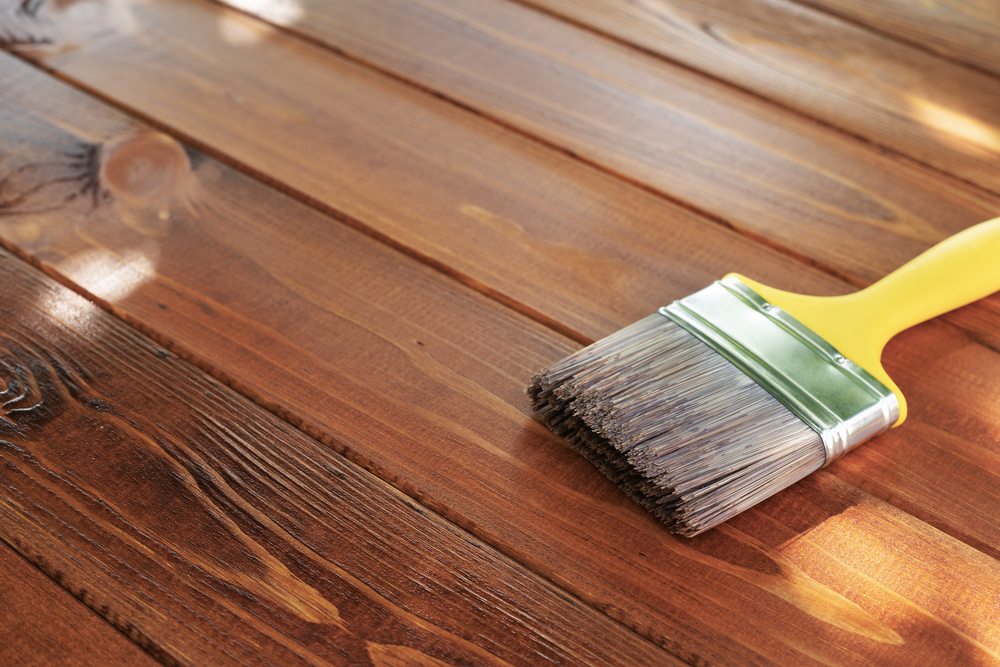100 Amp Sub Panel Wire Size
When considering the installation of a 100 amp sub panel, one critical aspect to address is choosing the correct wire size. This decision will impact the safety and efficiency of your electrical system. Understanding the relationships between amperage, wire size, and material provides a solid foundation for making an informed choice.
Electric current flows through conductors, commonly copper or aluminum. These conductors must possess the right capacity to handle the current without overheating. Overheating can cause insulation damage and potentially lead to electrical fires.
The Basics of Wire Size
Wire size is measured in American Wire Gauge (AWG). The AWG number indicates the diameter of the wire; the lower the number, the thicker the wire. For example, a 2 AWG wire is thicker than a 10 AWG wire. Thickness correlates with capacity; thicker wires can carry more current.
Materials: Copper vs. Aluminum
Choosing between copper and aluminum wires involves weighing the pros and cons of each material. Copper wires are more conductive than aluminum. This higher conductivity means that a smaller diameter copper wire can carry the same amount of current as a larger diameter aluminum wire. However, copper is more expensive and heavier.
On the other hand, aluminum wire is lighter and less expensive than copper. It has a lower conductivity, meaning a larger gauge aluminum wire is required to carry the same current as copper. Additionally, aluminum is more prone to oxidation, which can impact long-term reliability.
Calculating Wire Size for 100 Amp Sub Panels
For a 100 amp sub panel, the NEC (National Electrical Code) provides guidelines on the appropriate wire size. According to the NEC, for copper wires, a minimum of 4 AWG wire is necessary. For aluminum wires, a minimum of 2 AWG is required. These sizes accommodate the current load and ensure safe operation.
Copper Wire
- 4 AWG minimum
- Higher conductivity
- More expensive and heavier
Aluminum Wire
- 2 AWG minimum
- Lower conductivity
- Less expensive and lighter
Voltage Drop Considerations
Voltage drop occurs when the voltage at the end of a wire run is lower than at the source. This drop is due to the resistance in the wire and is influenced by the length of the wire run. Excessive voltage drop can cause inefficiency and potential equipment malfunction. The NEC recommends keeping voltage drop to 3% or less for optimal performance.
To mitigate voltage drop for a 100 amp sub panel, especially for longer runs, using a wire size larger than the minimum requirement can help. For lengthy runs, consider upsizing to 3 AWG for copper or 1/0 AWG for aluminum.
Safety Tips
- Always turn off the power before working on any electrical project.
- Use wires with the appropriate insulation rating for the environment.
- Contact a licensed electrician if unsure about any part of the installation.
- Adhere to local electrical codes and regulations, which may have specific requirements beyond the NEC.
Conclusion
Choosing the correct wire size for a 100 amp sub panel is essential for a safe and efficient electrical system. The minimum sizes provided by the NEC—4 AWG for copper and 2 AWG for aluminum—serve as a guideline. Considering factors such as voltage drop and wire length may necessitate upsizing. Always prioritize safety and consult with professionals when needed.




Subscribe for Updates
Get the latest articles delivered to your inbox.
We respect your privacy. Unsubscribe anytime.